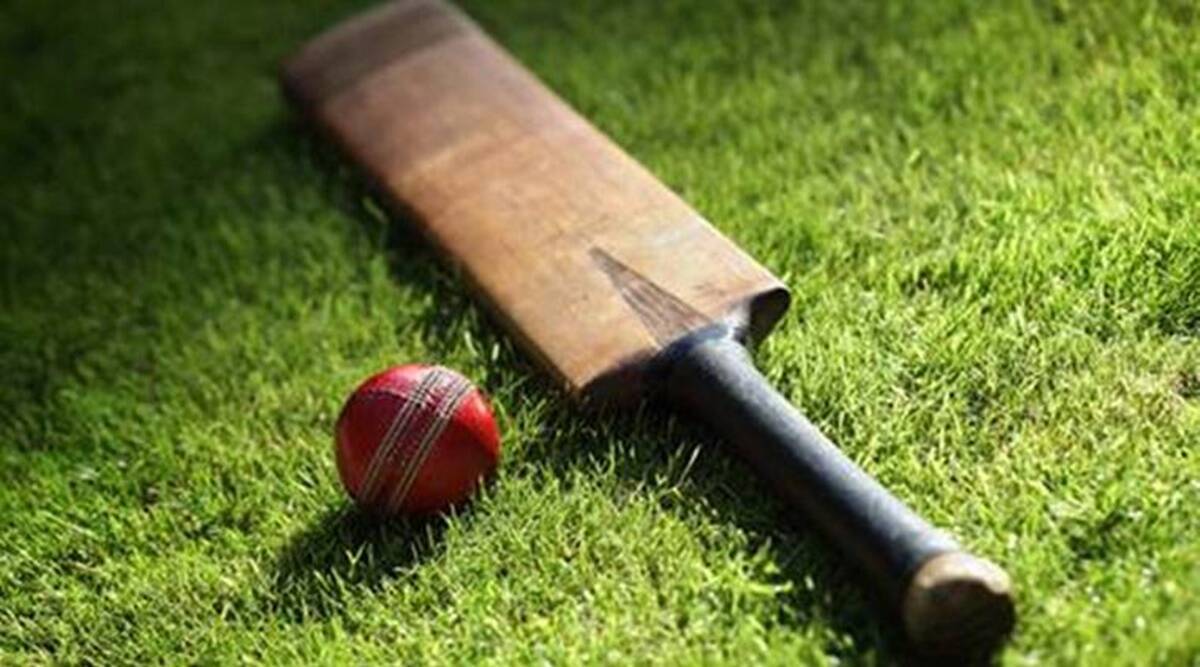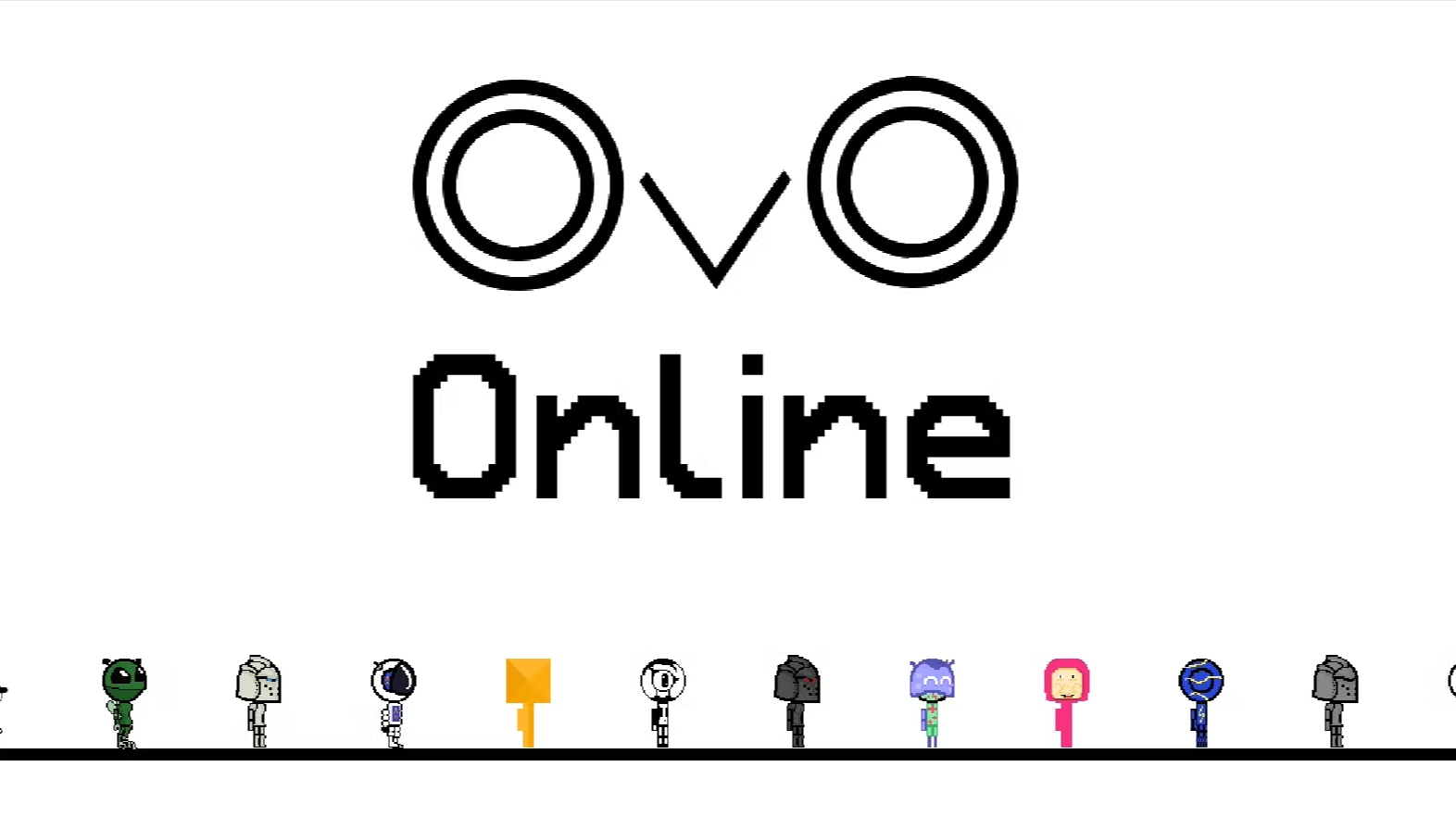How Cricket IDs Can Help Address Match-Fixing and Corruption in Cricket

Cricket, often referred to as a gentleman’s game, has unfortunately been tainted by the dark shadow of match-fixing and corruption. These unethical practices not only undermine the integrity of the sport but also erode the trust of millions of cricket fans worldwide. In recent years, there has been a growing need for innovative solutions to tackle this pervasive issue. One such solution gaining traction is the use of Cricket id, which have the potential to revolutionize the way the game is monitored and regulated. In this article, we will explore how Cricket IDs can help address match-fixing and corruption in cricket, examining their benefits, challenges, and real-world success stories.
Understanding Match-Fixing and Corruption in Cricket
Before delving into the role of Cricket IDs, it is crucial to understand the concept of match-fixing and corruption in cricket. Match-fixing refers to the deliberate manipulation of a match’s result for personal gain, often involving players, officials, or outside individuals. Corruption, on the other hand, encompasses a broader range of unethical practices, including bribery, spot-fixing, and illegal betting activities. These issues have plagued cricket for decades, tarnishing its reputation and compromising the fairness of the game.
The Role of Cricket IDs
Cricket IDs, or unique identification numbers assigned to players, officials, and other stakeholders, serve as a digital fingerprint that helps track and authenticate their involvement in the sport. By implementing a robust system of Cricket IDs, cricket governing bodies can establish a comprehensive database of individuals associated with the game, allowing for improved transparency, accountability, and monitoring.
Benefits of Cricket IDs in Addressing Match-Fixing and Corruption
Cricket IDs offer several benefits in the fight against match-fixing and corruption:
- Enhanced Transparency
Cricket IDs enable a transparent ecosystem by providing a clear record of the individuals involved in cricket. This transparency reduces the opportunity for anonymous participation in illegal activities and enhances the traceability of players’ actions, making it easier to identify potential wrongdoing.
- Improved Accountability
With Online Cricket id, each player and official becomes directly accountable for their actions. The unique identification ensures that individuals can be held responsible for their involvement in any unethical practices, discourse the continuation of the article.
- Improved Accountability
With Cricket IDs, each player and official becomes directly accountable for their actions. The unique identification ensures that individuals can be held responsible for their involvement in any unethical practices, discouraging them from engaging in match-fixing or corruption. It creates a sense of responsibility and reinforces the importance of fair play and integrity within the cricketing community.
- Effective Monitoring and Investigation
Cricket IDs facilitate effective monitoring and investigation of suspicious activities. By linking player performances, financial transactions, and other relevant data to their respective IDs, authorities can quickly detect any anomalies or patterns that may indicate potential match-fixing. This proactive approach enables timely intervention and thorough investigations, reducing the chances of corruption going unnoticed.
Challenges and Limitations of Cricket IDs
While Cricket IDs hold immense potential, their implementation comes with certain challenges and limitations that need to be addressed:
- Privacy Concerns
The use of Cricket IDs raises privacy concerns, as it involves collecting and storing personal data of players and officials. To address these concerns, stringent data protection measures must be in place, ensuring that the collected information is securely stored and used only for authorized purposes. Safeguarding individuals’ privacy rights is essential to maintain trust and cooperation.
- Adoption by Stakeholders
The successful implementation of Cricket IDs requires the cooperation and participation of all stakeholders, including cricket boards, players, officials, and betting agencies. Encouraging widespread adoption may face resistance from those who are skeptical or resistant to change. Effective communication, education, and awareness campaigns are necessary to highlight the benefits and gain support for this innovative approach.
- Technological Infrastructure
Implementing Cricket IDs necessitates a robust technological infrastructure capable of handling a vast amount of data securely and efficiently. Cricket boards and governing bodies need to invest in advanced systems that can manage the identification process, data storage, and analysis. The development and maintenance of such infrastructure may require significant financial resources and technical expertise.
Case Studies: Success Stories of Cricket IDs
Several cricketing bodies have already embraced Cricket IDs and achieved promising results in combating match-fixing and corruption. Let’s explore two notable case studies:
- England and Wales Cricket Board (ECB)
The ECB implemented Cricket IDs in partnership with various stakeholders to enhance the integrity of domestic cricket. By integrating these unique identifiers into player contracts, match officials’ records, and betting systems, the ECB created a comprehensive framework for tracking and monitoring cricket-related activities. This proactive approach has led to a significant reduction in match-fixing incidents and improved public confidence in the game.
- Indian Premier League (IPL)
The IPL, one of the most prestigious T20 leagues globally, adopted Cricket IDs as part of its anti-corruption measures. The league introduced a centralized system that assigns unique IDs to all players, team management, match officials, and even support staff. This centralized database enables real-time monitoring of player movements, financial transactions, and communication, helping detect any suspicious behavior. The IPL’s implementation of Cricket IDs has played a pivotal role in minimizing corruption and ensuring fair competition within the league.
The Way Forward: Future Implications and Potential Solutions
While Cricket IDs have shown promise, addressing match-fixing and corruption requires a multi-faceted approach. Here are some potential solutions and future implications:
- International Collaboration
Match-fixing is a global issue that transcends national boundaries. International collaboration among cricket boards, law enforcement agencies, and betting regulators is crucial to effectively combat this menace. Sharing information, intelligence, and best practices can strengthen the collective effort against match-fixing and ensure consistent enforcement of anti-corruption measures.
- Strengthening Legal Frameworks
Governments and cricket governing bodies should continuously review and strengthen their legal frameworks to encompass the evolving challenges posed by match-fixing and corruption. This includes enacting stricter legislation and penalties for offenders, providing adequate resources to investigative agencies, and promoting international cooperation in extradition and prosecution of those involved in cross-border corruption networks. A robust legal framework acts as a deterrent and instills confidence in players, officials, and fans.
- Player Education and Awareness
Educating players and officials about the consequences of match-fixing and corruption is crucial in preventing their involvement. Cricket boards should prioritize comprehensive education programs that cover the ethical aspects of the game, the consequences of engaging in corrupt activities, and the importance of reporting any suspicious approaches. By raising awareness and promoting a culture of integrity, players become the first line of defense against corruption.
Cricket IDs offer a promising solution to address match-fixing and corruption in cricket. By establishing a transparent and accountable system, Cricket IDs enhance the monitoring and investigation of potential wrongdoing. Despite the challenges and limitations, the success stories from cricket boards like ECB and IPL demonstrate the positive impact of implementing Cricket IDs. Moving forward, international collaboration, strengthened legal frameworks, and player education will play vital roles in eradicating match-fixing and corruption from the game, ensuring a fair and trustworthy cricketing environment.
FAQs
- How do Cricket IDs work?
Cricket IDs are unique identification numbers assigned to players, officials, and stakeholders in cricket. These IDs enable the tracking and authentication of individuals’ involvement in the sport, aiding in monitoring and investigation of match-fixing and corruption.
- Are Cricket IDs mandatory for all players and officials?
The implementation of Cricket IDs may vary across cricketing bodies and leagues. While it is desirable for all players and officials to have Cricket IDs, the adoption and enforcement may differ depending on the governing body’s policies and regulations.
- Can Cricket IDs completely eliminate match-fixing and corruption in cricket?
Cricket IDs alone cannot completely eliminate match-fixing and corruption. They serve as a valuable tool in the fight against these issues but require a comprehensive approach involving legal measures, international collaboration, and player education to effectively address the problem.
- How do Cricket IDs protect the privacy of players and officials?
Cricket governing bodies must prioritize data protection and privacy measures when implementing Cricket IDs. Personal data should be securely stored and used only for authorized purposes, adhering to relevant data protection regulations and ensuring the privacy rights of individuals.
- Where can I learn more about Cricket IDs and their implementation?
For more information on Cricket IDs and their implementation, you can refer to official cricket governing body websites, anti-corruption units, and reports on match-fixing and corruption in cricket.





